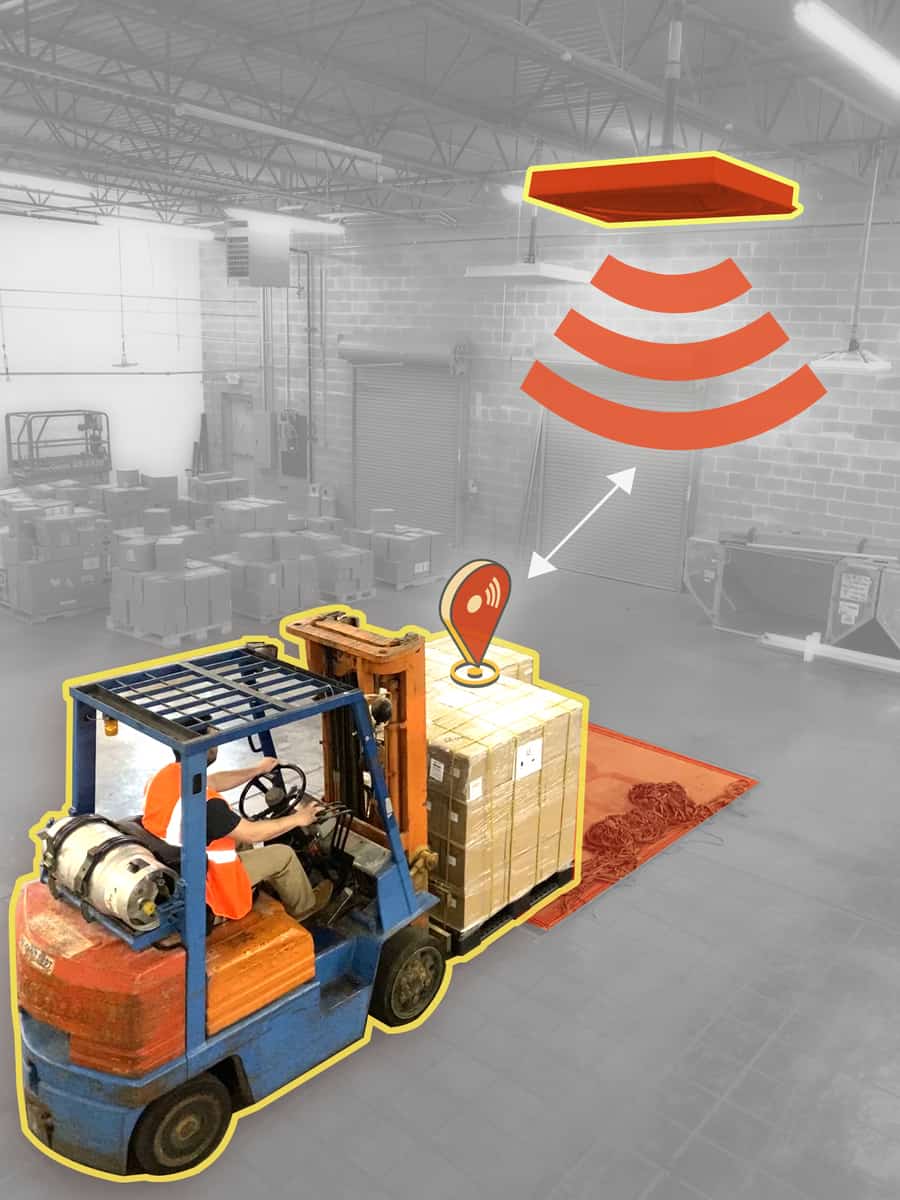Ground handlers sometimes misplace airfreight as it rapidly moves between airplanes and trucks that drop off and pick up. Individual shipments are often small and piled on pallets in nondescript cardboard boxes.
The lack of visibility into air cargo inventory, and where it can be found in a facility, causes costly delays and frustration for both airlines and freight forwarders. By some estimates, manual verification of this cargo adds 2 to 3 cents per kilogram in handling costs.
Technological solutions often promise more than they can deliver, are too expensive or are difficult to fully implement because of the rough-and-tumble logistics environment.
Atlanta-based Cargocast believes it has developed a product that overcomes these obstacles to airfreight visibility through radio frequency identification (RFID) technology. “We’re using the hands-free visibility data to automate as much of the process as possible,” said CEO Dan Diephouse.
Diephouse, who previously ran product strategy at software firm MuleSoft, launched the company two years ago with Mike Morey, former director of cargo for Air Canada.
The company, which received an investment from Tiger Global Management, incubated its cargo visibility technology at an IT laboratory in Atlanta, taking into consideration other technologies that have been applied to airfreight in recent years with varying degrees of success.
Cargocast’s research found that bar codes are labor-intensive due to their manual scanning requirement. Newer tracking technologies, such as Bluetooth low-energy (BLE) are still too expensive when it comes to tagging individual pieces of cargo, while robotics and vision cannot handle the ad-hoc nature of accepting and loading airfreight.
RFID technology has matured in terms of its cost effectiveness and efficiency over the past decade, Diephouse said. In 2010, RFID tags cost 30 cents apiece and had a 90% accuracy rate. Today, the tags cost about 10 cents each and have 99%-plus accuracy.

“We’ve developed proprietary processes and technology that leverage the latest advances in RFID to achieve levels of accuracy that were never before possible,” Diephouse said.
The shipper or forwarder applies the RFID tags to cargo on the front end. When the cargo arrives at the ground handler’s facility, detectors positioned at the dock doors read the tags. An overhead digital screen shows warehouse workers where the cargo is within the facility.
Morey said real-time cargo monitoring is essential inside an airfreight-handling facility, where cargo retrieval and delivery to flights are often done within several hours. Ground handlers cannot afford to fumble around for cargo. “These facilities are for throughput, not storage,” he said.
The system provides accurate piece counts, which is essential for compliance with customs manifests, Morey added.
Diephouse said Cargocast’s first customers include a European ground handler and a “top-five” forwarder, which he declined to name since they are in “phase one” of integrating the technology into their networks.
The benefit of Cargocast’s RFID software is that it can be integrated with most existing warehouse IT. “It’s completely packaged for the supply chain,” Diephouse said.
He estimates that a medium-size ground handler could save as much as $1 million a year in labor costs by managing its freight flows with Cargocast.
Besides ground handlers and airfreight forwarders, Cargocast executives say their hands-free visibility technology is suitable for trucking companies with cross-dock operations and other third-party logistics services providers.
Diephouse admits that Cargocast’s launch in late January was ill-timed with the supply chain upheaval caused by the COVID-19 pandemic. However, he believes that the company’s technology will become even more important to the airfreight sector.
“When things come back, quality control and enforcement will be more stringent in air cargo than in the past,” Morey said.








JohnTRK
If that automates cargo pick up and delivery at warehouses, it’ll be a real game-changer for trucking companies as well!
No more queues and long dwell times? Awesome!